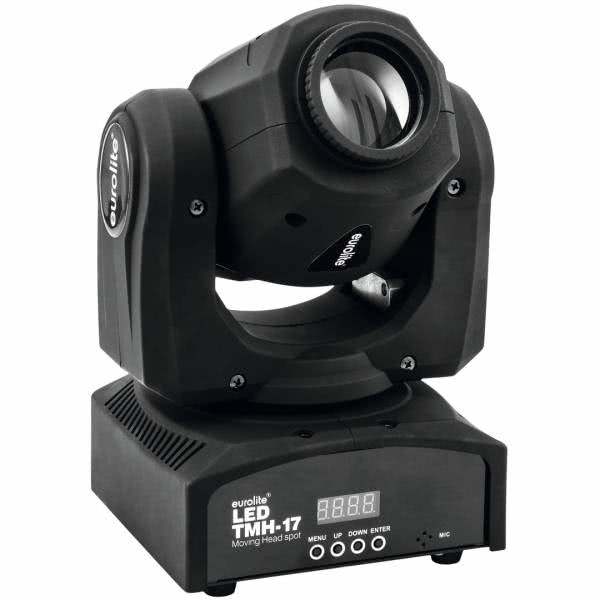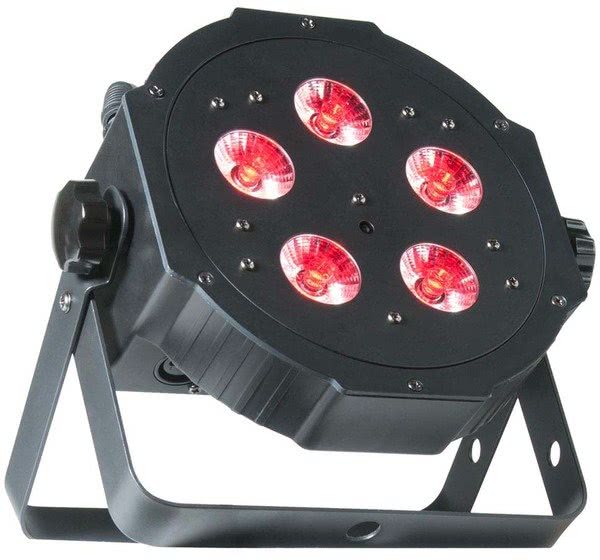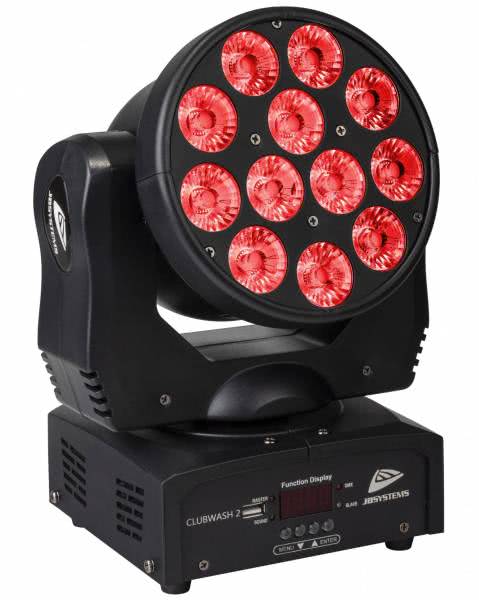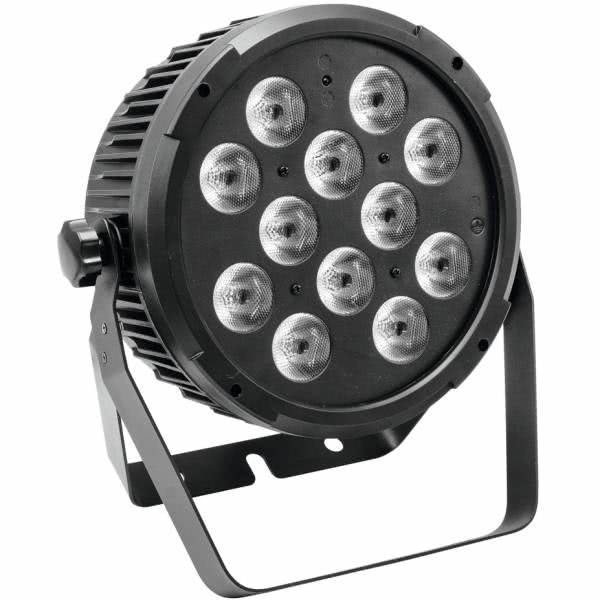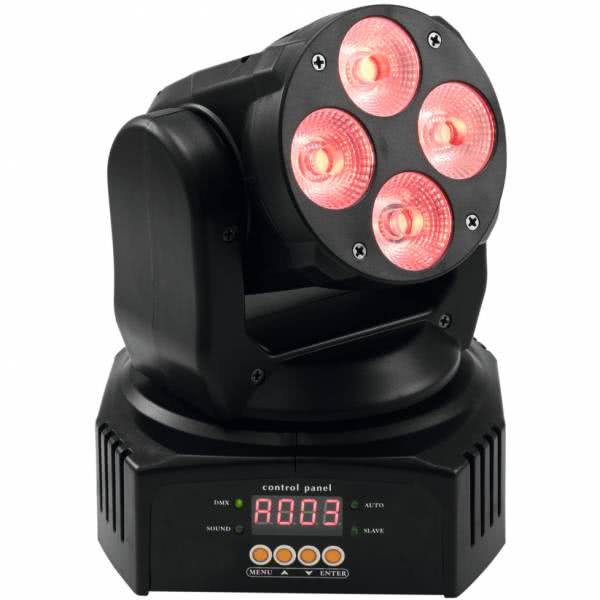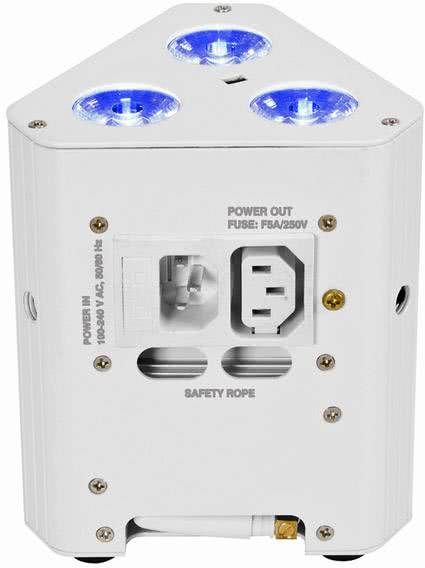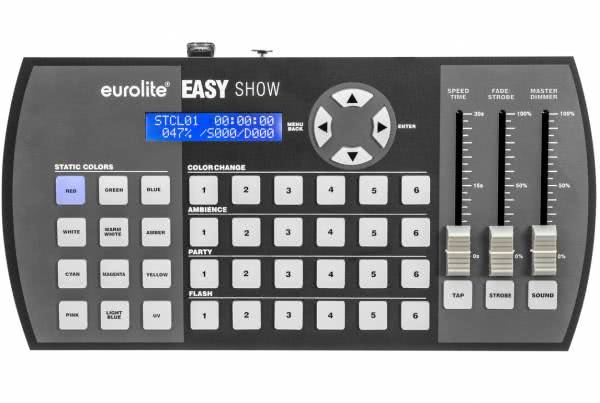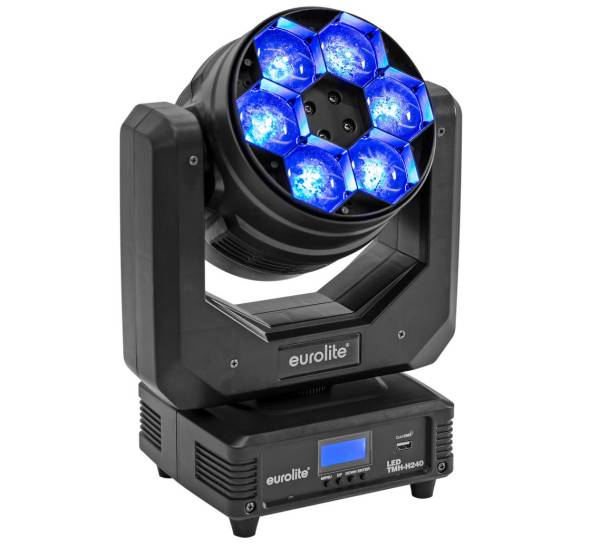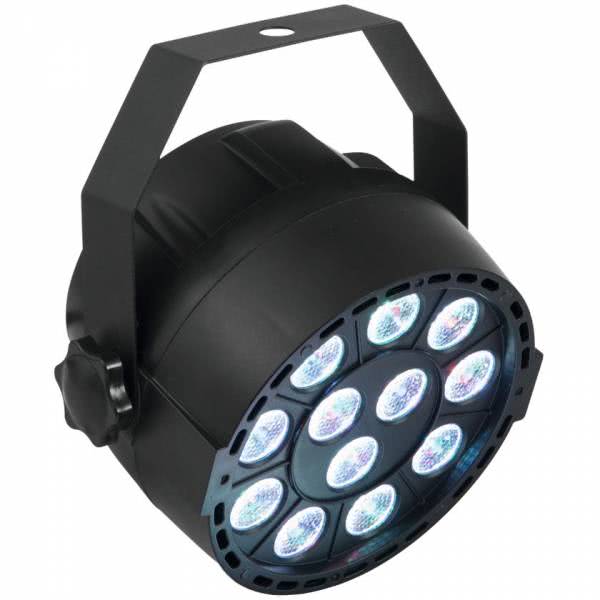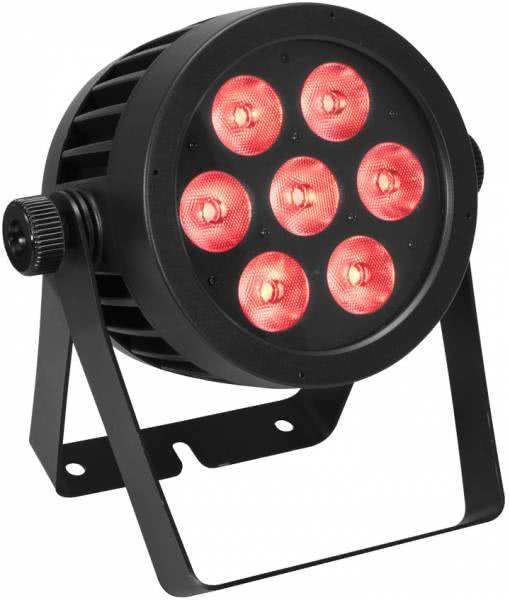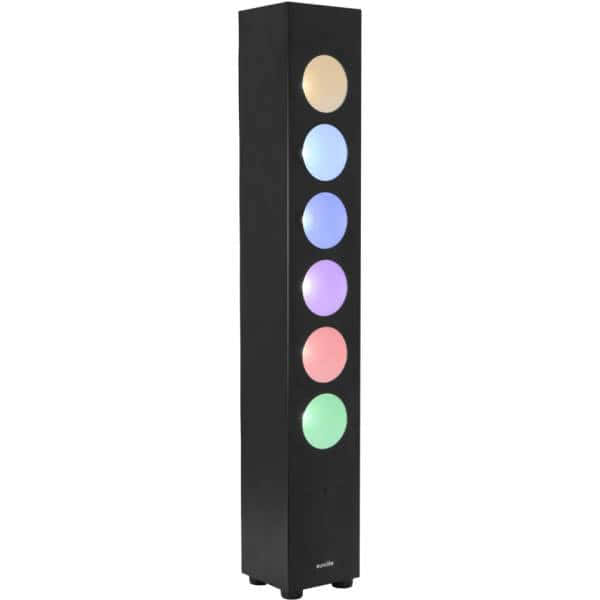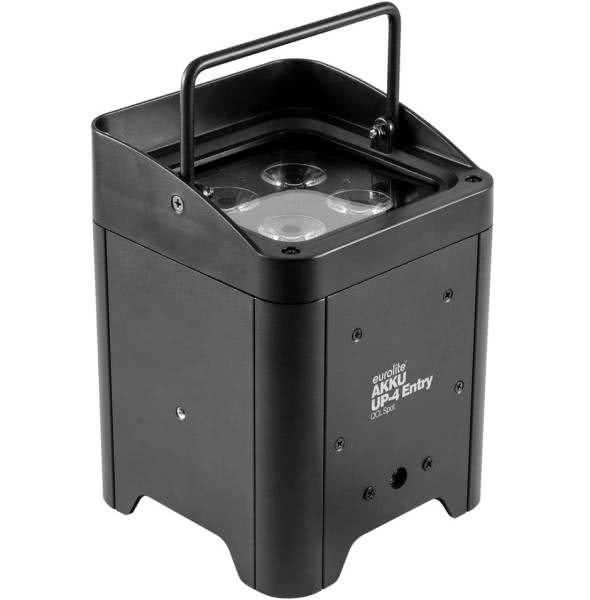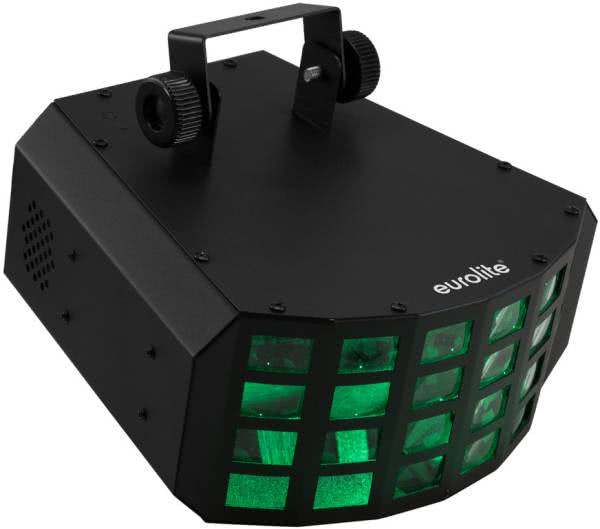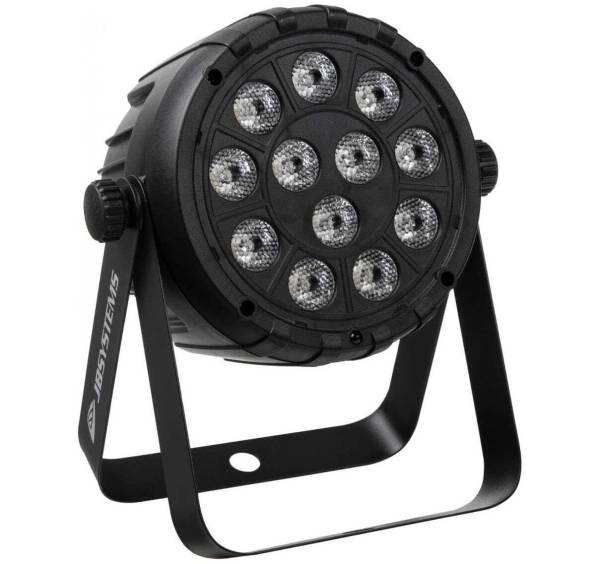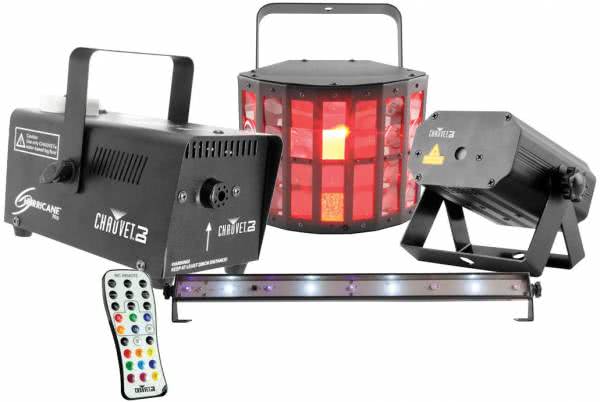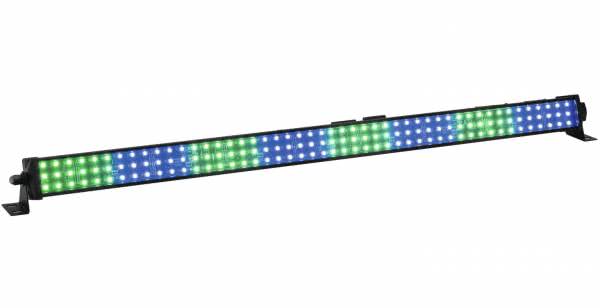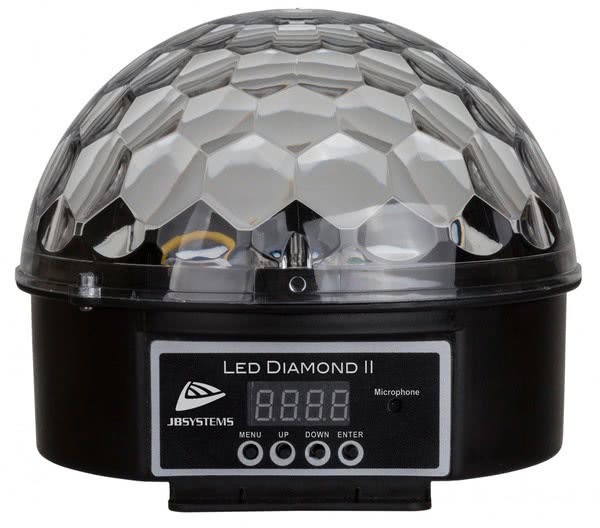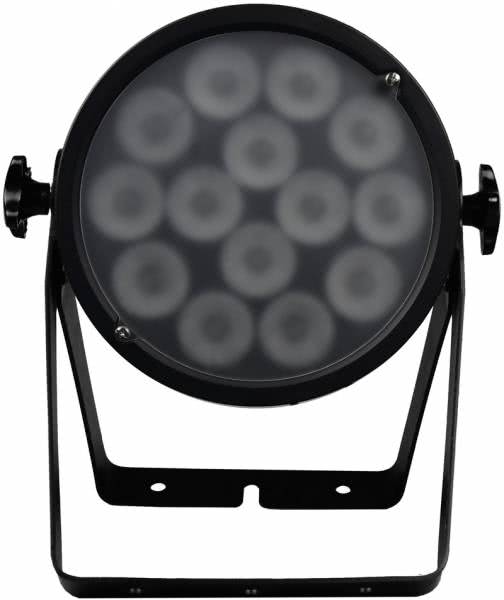What you need to be aware of when setting up your lighting system
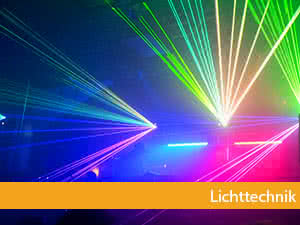
How important lighting is during a live performance is often neglected. At live events, lighting often means half the battle. In some cases it provides unforgettable moments. Because next to the acoustics, namely the music, the optical sensory impressions are the most important things that stick after an event - no matter if Heavy Metal or EDM - the right lighting is indispensable!
Both DJs and stage technicians use the right choice of lighting to visually enhance and refine their shows. Nowadays artists have the opportunity to get the best out of their show from a selection of different lighting effects and never before have we had the opportunity to delight both small and large audiences at a reasonable price.
Basics - Light for everyone!
Stage lighting is not only for DJs or artists and bands on tour. Strictly speaking, every live performance can benefit from professional lighting, and that goes for example for:
- Performances
- Proms
- Museums
- churches
- Sports events and much more
Depending on the setting the setup can be simple or very complicated with stroboscope, laser, scanner and many other light effects.
Spotlights
As with loudspeakers, lighting systems have various sizes, outputs and functions. Spotlights are one of the main components of a stage performance - no matter how big the stage or the audience is. Spotlights are used to highlight individual people on stage - for example, in a theatre play, the person who is giving a monologue, or at a festival, the DJ who is playing his set. Spotlights are also used to project strong and colorful circles or ovals.
Of course, a spotlight cannot cover all functions at the same time, which is why there are different versions of spotlights. For some decades there is already the classic: the searchlight or the so called "Followspots", which belongs to every stage. In the meantime, however, stage technology has progressed further and so there are spotlights that can be moved and/or focused automatically with electricity and the whole thing is controlled with just one remote control.
PAR-spotlights
PAR spotlights offer a "flat" light and do not move like ordinary spotlights do (but of course they can be adjusted manually). PAR fixtures have different lamp sizes, which allows you to create a wide variety of light variations. Depending on size and beam angle, "Very Narrow Spot, Narrow Spot and Wide Spot, as well as Medium Flood, Wide Flood and Very Wide Flood" can be created. To change the colour of the lamps you use a colour gel or with the right amount of basic tones and the right combination you can create exact colour tones with LEDs.
Other light types
For performers looking for a little more "wumms", we also offer a variety of lasers, strobes and other exciting effects. Strobe lights are known for their blinding, pulsating flash which is often used in clubs and techno events.
The Mix does it
There are 3 main ways to control light. The simplest is a remote control, which is held in the hand and allows users to control the light remotely.
Lighting controls or controllers offer a different approach to orchestrating light shows. They work like mixing consoles and can receive and control the lights as inputs. This allows many lights to be controlled and "mixed" simultaneously. Interfaces are a third option; they link lights to USB so that you can control your lights with a computer.

